Five Things You Can Learn From Starbucks’ Highly Successful Mobile Campaign
Starbucks started its highly successful mobile campaign in the early 2000s and hasn’t looked back since. With numerous awards including Mobile Marketer of the Year in both 2010 and 2012, its marketing/app development team is setting itself apart as one to be reckoned with. But what makes its mobile strategies and use of applications so uniquely different? Below, we break down the magic and pixie dust used by Starbuck’s marketing team.Recognizing the importance of Mobile Marketing
Starbucks uses mobile marketing to promote every launch, product and holiday. An opportunity is never missed in utilizing its mobile channels to drive sales, product awareness and in-store traffic. It is currently one of the leaders in mobile commerce because it has mastered the unique arena of connecting with their users to get the most out of their mobile marketing strategies.
Use Engaging Incentives to Encourage SMS Sign Ups
We’re tired of those “To opt-in send YES to 5555” and “To opt-out send STOP.” Using the same generic template will get your mobile campaign nowhere. If you’re really trying to engage users and interest them in sending you their information, utilize inviting tactics that will actually evoke a response. In its 2013 Summer campaign, Starbucks sent out the following as its opt in message:
“Pop Quiz: What year did Frappuccino debut at Starbucks?
First 100 correct responders gets The Great Gatsby soundtrack.”
The team uses a unique strategy, a quiz, which increases the probability of responses from users, as well as the offering of an incentive, the soundtrack, to entice users and prompt them to want to respond in a timely manner. The mission for the user now becomes one of winning a prize, which increases the probabilities of an eventual opt-in. Starbucks doesn’t throw the brand in the face of the user first hand, avoiding the possibility of drop-offs and lack of responses, an important point not realized by many. Don’t overkill, oversell or overwhelm the user. Bait, hook and reel.
Innovative QR Code Usage
Your brand should be cohesive, and Starbucks practices this point in every means it preaches. It’s not just about plastering your QR code aimlessly on products for the sake of having a neat graphic replace your boring url. It’s about more than sending your user to a website by scanning. Why would they go through the hassle of downloading a QR code reader, to scan your code, which will ultimately take them to a page they could have typed into their browser themselves?
The QR code was a technique that was once unique until everyone and their grandmother jumped on. Your QR code (if you must have one) needs to contain a unique feature, use, experience and meaning. They must have just as much thought going into them as your mobile marketing strategies themselves. Have your QR codes play videos/digital media made for a campaign as a visual component giving users an unexpected response. Users are captivated by spontaneous outcomes, especially ones that are often innovative, fresh and unique.
Convenience, Convenience, Convenience
The less work we have to do the better — a mantra almost every individual can relate to. When you can, combine some of the very important elements your consumers want from your app and you will be off to a good start. Starbucks features four very important options in its app:
Brand Clarity
The provision of a detailed breakdown of its products omits the confusion for the first time buyer on the difference between a Venti and Tall or the occasional buyer trying to decide from the 50-plus selections Starbucks offers, which attributes to a clearer understanding of what the coffee giant actually provides.
Store Locator
The ability to find the nearest location the user can grab a tall frappuccino, bagel or hotspot for some free Wi-Fi access, creates accessibility within the app itself and adds to the convenience of locating the closest point of business.
Loyalty Card System Integration
The incorporation of its loyalty card and point system within the app itself means accounts are linked digitally and there is no need to carry a physical card. Integration with iPhone’s Passbook means your Starbucks card is always at hand.
Mobile Payment
With the mobile payment system initially tested in 2010 in 16 select stores in Silicon Valley, then making it’s way to 300 stores in the NYC and Long Island area, it was quickly realized in these test markets that being able to pay on-the-go was in huge demand. It has been a massive hit with users since its inception and, in 2012, after becoming an investor in Square, the companies introduced their joint payment service Square Wallet.
Collaborate, Utilize Partnerships
A unique element in the Starbucks app is it offers incentives people want. Incentives that aren’t necessarily related to Starbucks or the brand per se. Aside from free giveaways of soundtracks for upcoming movies, it has a partnership with Apple stemming from 2006. Originating in October of 2011, the companies introduced the digital initiative “Pick of the Week”, where users are given a select iTunes song or book for free. People like to feel like they are always getting exclusive deals and enjoy being part of the few who are the “first” to obtain something new. Starbucks hits the nail on the head in this arena with its collaborative efforts. By offering such privileged perks to customers it continues to keep brand loyalty numbers at their highest.

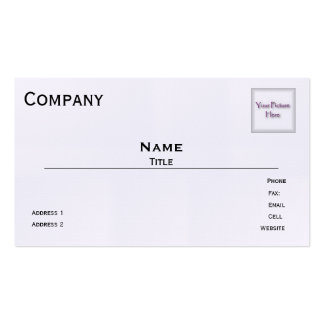
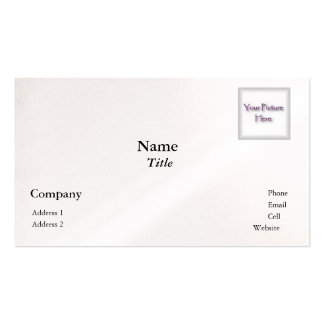

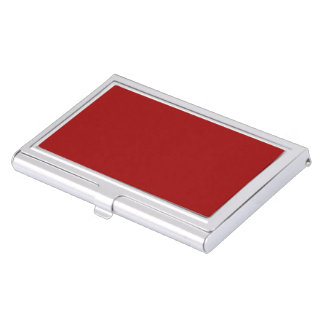
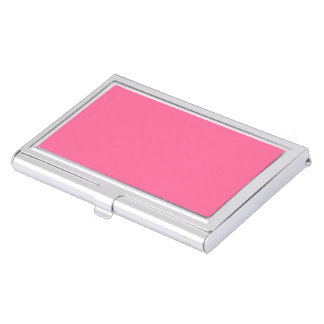







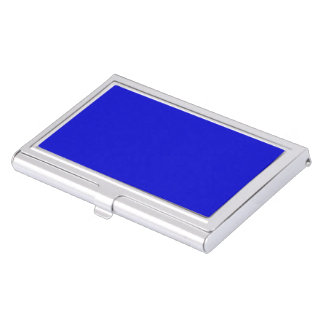
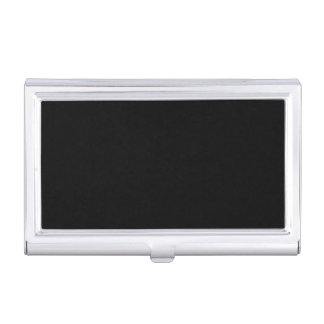

No comments:
Post a Comment